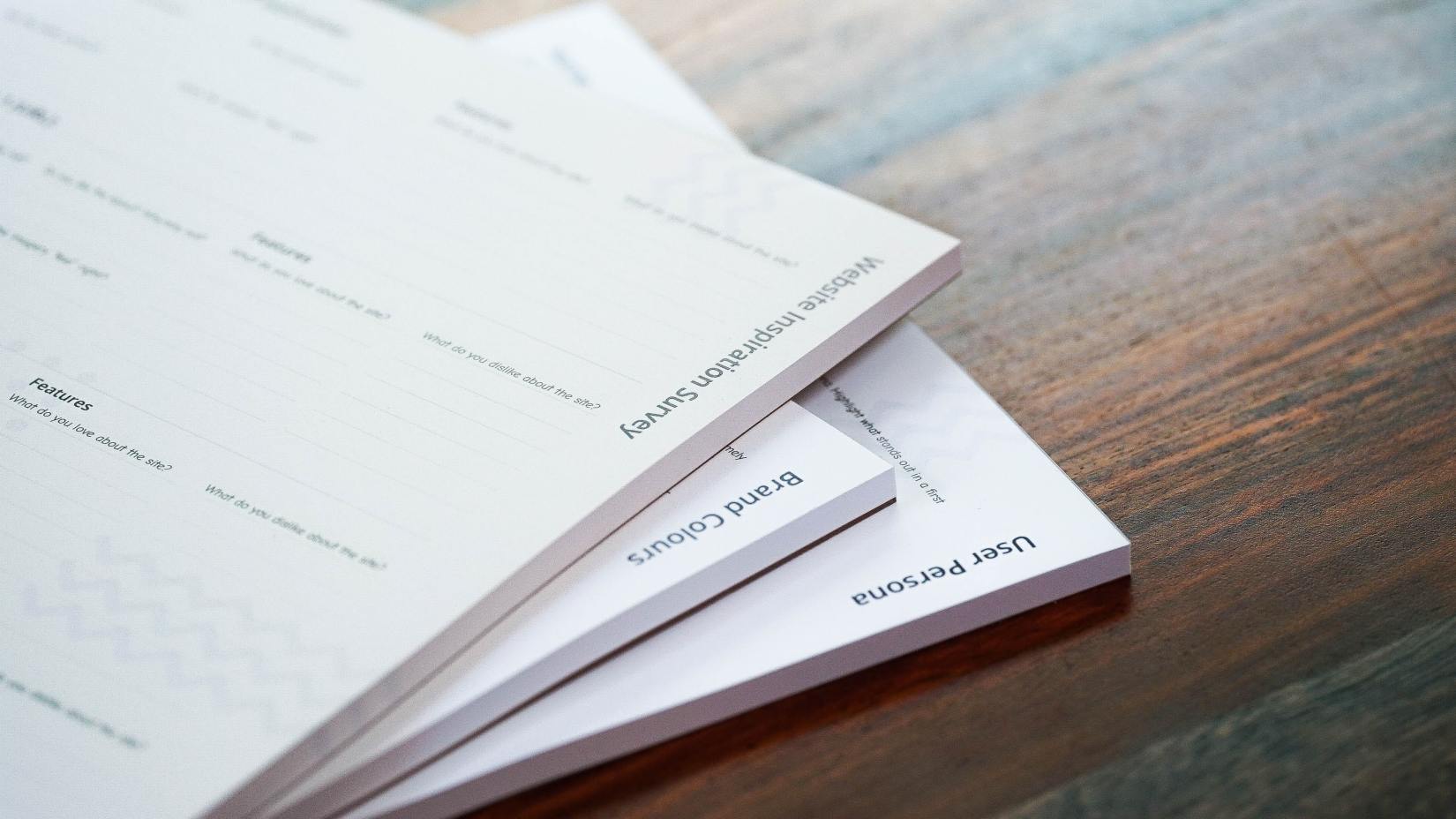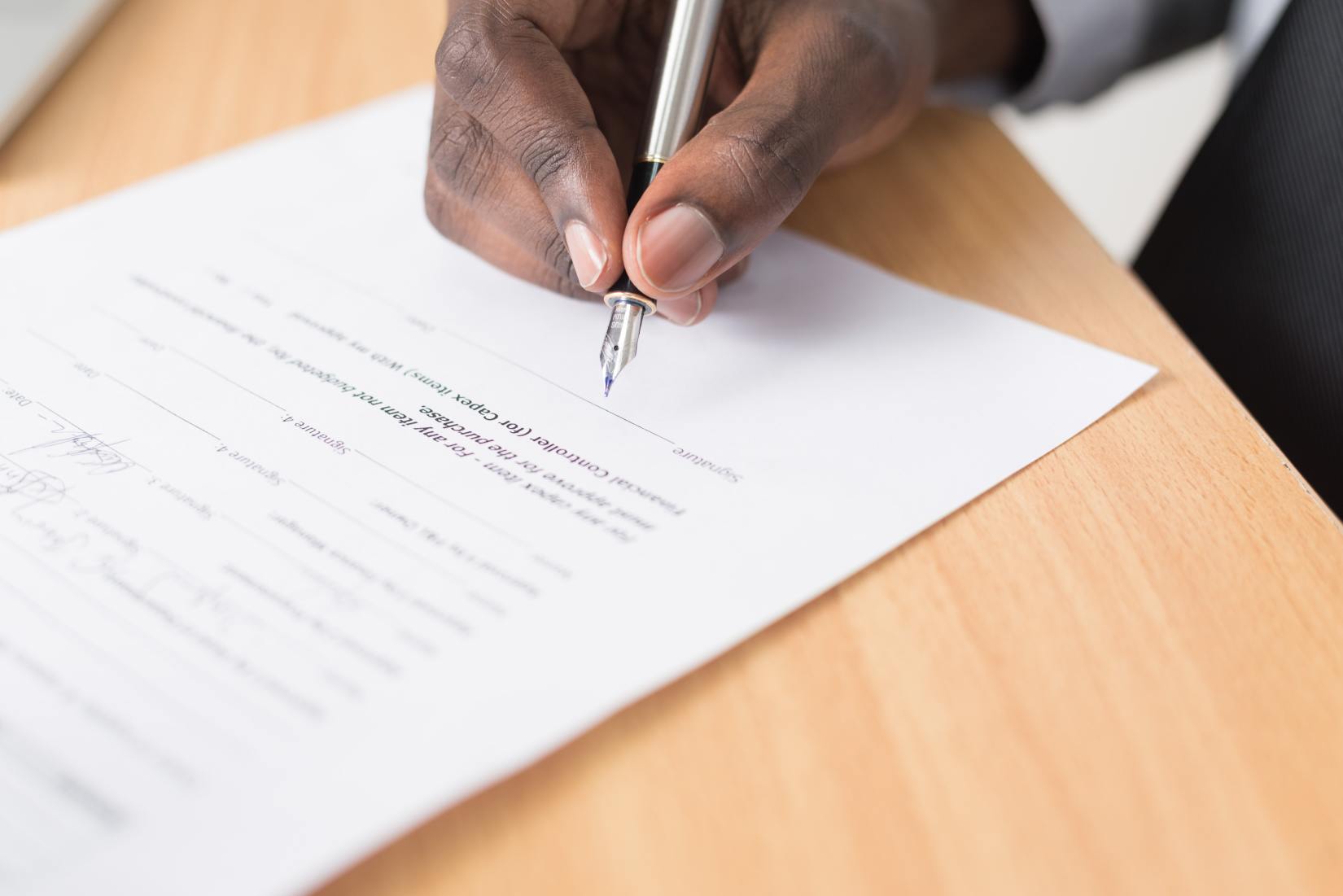How to write a bid proposal that hooks
![[object Object],[object Object],[object Object]](http://images.ctfassets.net/ly25iagmtxce/YmFFqYZHIgQL0ooBvej9y/f7e6f518c41f3e3f9c9f0d9687036dff/estee-janssens-zEqkUMiMxMI-unsplash.jpg)
Photo by Estée Janssens on Unsplash
Writing bid proposals is an integral part of every business and a core success factor for freelancers. Whether you are a freelancer, self-employed, or run a business, you can benefit greatly from learning how to write a bid proposal. Improving your freelance bids and other bid types can also increase profits, a better customer retention rate, and more work time.

Do you know that, on average, brands and companies only respond to less than 70 percent of their bids and proposals? Implying that only two-thirds of every bid proposal sent is worth looking at. Interestingly, only one proposal lands the job. It is becoming increasingly difficult for professionals and freelancers to create winning bids, especially because of the rising competition in every industry. A well-written bid proposal can highlight several important elements at the start of a business relationship, promote your company's expertise, and enhance your prospects of being hired for the job.
In this post, we'll discuss a bid proposal, what elements it contains, why you should use one, and provide a sample to teach you how to write a bid for a job.
What is a bid proposal?
A proposal is a written document that responds to a specific request or offers from a potential client. It presents a detailed approach to handling the client's task, including resources needed, duration and wage. Proposals are further assessed and scrutinized to align with the client's intentions and needs concerning timeline, deliverables, budget, and deadline.
How to make a bid proposal
Writing good bid proposals is easier said than done. Every day numerous freelance bids are written in pursuit of very limited offers. Unfortunately, only a few freelancers have a good win rate. According to recent statistics, only 47 percent of an individual's total bids are won. These stats reveal the average win rate. However, some professionals and freelancers have far more win rates of 80 - 90 percent. But it boils down to one thing: the bid proposal's quality.

Successful freelancers excel at two things:
For starters, they know how to create a bid proposal that clients find irresistible.
Secondly, they deliver quality jobs that exceed the expectations of their customers.
Unfortunately, most people focus on the latter while ignoring the importance of knowing how to write a bid. They forget that you can only prove how good you are and land more jobs after your proposal has been accepted. So, it is safe to say that you are as good as your bid proposals because your freelance bid will first judge you.
Do you know that writing bid proposals that are unique will help you win jobs?
For better understanding and experience, we will divide the entire bid creation process into three core stages;
The preparation stage
The creation stage
The review stage
Each of these stages is as important as the other, and missing out on one can ruin the entire bid, so if you want to know how to make a bid proposal either as a freelancer or a professional, digest and apply every step.
The preparation stage
It is important to note that the entire freelancer bidding process goes beyond writing the actual bid document. It also involves the prewriting stage, what we call the preparation stage.
The preparation stage is the initial stage of the bid proposal; this stage includes actions and activities outside the actual creation of the bid that provides important insights and guidance for the actual bid document.
The preparation stage includes;
Having a good understanding of the job requirement
Many freelancers are always in a hurry to submit a bid for a job that they fail to read and properly interpret the requirements. A social experiment discovered that more than 50 percent of freelancers failed to read the entire job description.
Before submitting a proposal, you should always ensure that you truly understand the job requirements, what is needed to get it done, and what the client seeks to achieve. You can usually figure this out by reading and properly interpreting the job requirements. Never make the mistake of assuming what the client wants and never fail to read every word in the requirement in detail. If you are unsure, you can contact the client for clarification.
Research and Information gathering
Freelancer bids entail information gathering and proper research. Knowing more about the client can help you produce a bid proposal that convinces them while demonstrating why your organization is the best fit for the task. You may surf their website or do a google search to get the required information you need.

Examining competitors
While this may not always be feasible, it is always smart to examine your competitors who are also bidding for the same job. Learning about your competitors can help you draft a better bid proposal that will give you an edge over them.
The creation stage
After the preparation stage, it is now time to draft the proposal properly. In this stage, you will apply all you have gathered and learned from the previous stage.
Note, do not always be in a hurry to write and submit a proposal because you may end up submitting a messy job. At the same time, do not take so much time because you may lose out on being considered for the job. The 2021 RFP benchmark report revealed that it takes an average of 21 hours to write a proposal. It could be significantly lesser or more. The important thing is that you understand your niche and follow every instruction. Some clients would give a timeframe to submit proposals, others may not, but you must do it in good time.
The content of a bid proposal varies according to the job, requirements, and niche. However, a study of written bid samples and other sample bids proposals for freelancers typically includes some general elements such as;
Client's contact information
This should include the client's name, email address, or other means of contact made available by the client.
Freelancer's contact information
The client will not be able to contact you unless you include your details in the bid proposal. Ensure your communication data is up to date and available at all times.

What you're bringing to the table
Be explicit about the service or product you're providing and how it will help the client with their task.
Detail of how the project would be approached
It is always great to write a detailed summary of how you intend to approach the task and the solutions you bring to the table. It is not enough to say you are an expert web designer. Mention some previous web design jobs you've done and what you achieved. Also, give quick steps about how you will handle this particular job.
The cost of carrying out the task
If the client includes a budget, ensure that your bid falls within the budget, and if there is no budget, do not go overboard with your demand. Stick to competitive rates and ensure it would be sufficient to deliver a good job. Do not try to be too cheap as it could turn off the most serious clients.
The duration of the task
Give the client an estimate of how much time it will take to complete the task. Although some tasks would not be strictly time-based, it's always a good idea to think about how soon you can execute them. This demonstrates to the employer that you value their project. Don't overextend yourself. Only agree to deadlines that you are confident you will meet.
Sample of previous jobs
A link or samples of previous jobs you have done similar to the client's demand confirms that you're well-versed in handling the task. So never hesitate to include previous deliverables that are similar.
Other required or additional terms include ensuring that you include any other terms the client requires.
This takes us to the last stage, which is the Review stage.
The review stage
You must have finished writing and are ready to send the bid proposal to the client at this stage. Do not be in a hurry to send it over. Double-check the proposal to ensure that there are no grammatical errors and omissions. Don't forget that clients see you and judge you through your proposal, so ensure that it is as professional as possible and void of errors.
Bonus tip: Own a website
In this digital era, you must own a website as a freelancer. It makes you look more professional, and clients tend to take you more seriously if you have a feature-rich website that can handle your schedule, tax, and meetings and keep your documents and past works.
Admittedly it may become too tasking to start building and managing a website when you have core duties to handle. So rather than go through the stress of building a website from scratch, you should take advantage of professional freelance platforms that offer you a personal website to make your job easier.
A good example of such a platform is Workee. Workee is an all-in-one platform that provides everything professionals and freelancers require to work with clients remotely. You can schedule meetings, and video calls, make bookings, manage billings/payments, and more. The platform also handles tax payments and automated invoicing. Build a professional website with workee and manage all your work processes in one place!
Freelance bidding tips
Here are important tips that will help you know how to write a bid for a job;
Your bid should be convincing.
Your bids should be more about your client's needs and less about you
Do not forget to highlight your competencies as they relate to the task
Pose pertinent questions. It demonstrates that you know the challenge and genuinely cares about the project.
Before placing your bid, double-check it.
Be clear and definite about your capabilities and deadline.
Read and study written bid samples related to your niche. It would help you know how to write a bid for a job.
Give your best and strive to impress your client. It would help you land retainers.
You can use freelancer bid proposal sample pdf and other bid summary templates. It gives you a framework to help you write quality bid proposals quickly.

Things to avoid when writing a bid proposal
We have discussed in detail how to write a bid for a job. Now let's discuss how not to write a bid proposal.
Do not repeat bids
This could be considered the first rule of bad bid writing. However, this is something that many professionals and freelancers are guilty of. No two jobs or clients are the same; submitting the same proposal to two different clientS is a sure way to lose out.
Do not use sample bids
There are many written bid samples on the internet; they are not for copy verbatim but serve as a guide. Clients always figure out when your bids sound too generic. It could pass a message of unprofessionalism.
Your bid shouldn't be just about you
I know there is the temptation to sing your praises and write out all your achievements, but doing so would be detrimental to your chances. Highlight your competency and achievements, but the focal point should be the client's need.
Conclusion
Writing a successful bid proposal that hooks are not a stroke of luck. Rather, it is a craft that can be mastered and practiced. You only have to be intentional and follow through with this guide from Workee experts, and you'll be on your way to winning your dream jobs!


